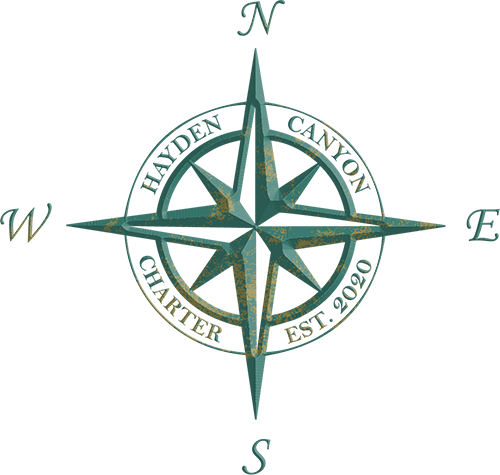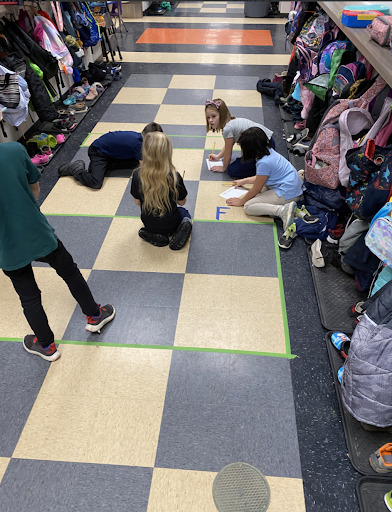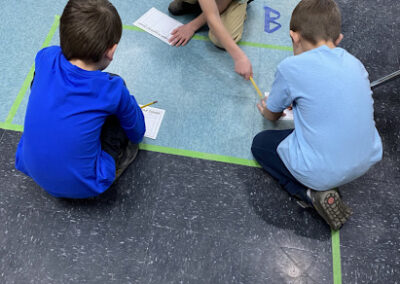1st Grade
Expedition 1: Tools and Work
Students build their literacy and citizenship skills as they engage in a study of tools and work. Students first learn about how tools help to do a job. They then extend their understanding of what it takes to do a job when they learn how the “habits of character” of initiative, collaboration, perseverance, and responsibility help them do work.
Guiding Questions & Big Ideas:
- Why do we need tools?
- Tools make our lives easier by helping us do work.
- Tools help us create things.
- How do habits of character help us do work?
- Habits of character are behaviors that help us learn and do our work.
- How do we create a magnificent thing?
- People use tools and habits of character to create magnificent things.
Expedition 2: What’s Up in the Sky?
Students build their literacy and science skills as they engage in a study of the sun, moon, and stars.
Guiding Questions & Big Ideas:
- Why do authors write about the sun, moon, and stars?
- Authors write books to describe, imagine, and explain the objects we see in the sky.
- What patterns can we observe in the sky?
- The sun and moon appear in different places in the sky during different times of day and of the year.
- Stars are visible during the night, but not during the day.
- Patterns of motion of objects in the sky can be described and predicted.
- Scientists use a process of inquiry in order to understand patterns and make predictions and comparisons.
- How do authors use their knowledge and observations to write a story?
- Authors select a topic and observe and study it.
- Authors plan out what they want to write by talking about it and trying it out.
- Authors use beautiful language to show, not tell, about the topic of their choice.
- Authors write a narrative with a beginning, middle, and end.
Expedition 3: Birds’ Amazing Bodies
Students build their literacy skills as they engage in an in-depth study of birds’ bodies.
Guiding Questions & Big Ideas:
- What makes a bird a bird?
- Birds are animals with beaks, feathers, wings, and feet.
- There are many different types of birds, and they use their body parts to help them survive.
- Despite their differences, there are key features that all birds have in common.
- How do birds use their body parts to survive?
- Birds have specially designed body parts that help them survive.
- How do specific birds use their body parts to survive?
- Some birds have unique and specially designed body parts that help them survive.
- How do we build our research skills and share our learning?
- To write informative texts, writers must read, collect evidence, and discuss their knowledge.
Math Units:
- Unit 1: Getting to know my Mathematicians
- Unit 2: Building with and talking about shapes
- Unit 3: Tens and ones are useful ways to organize
- Unit 4: Represent and model joining and separating situations
- Unit 5: Using data to describe and wonder about the world
- Unit 6: Equal means the same
- Unit 7: Building with numbers within 20
- Unit 8: Finding patterns in numbers
- Unit 9: Using place value to add and subtract
- Unit 10: Using units to measure world
- Unit 11: Partition shapes into equal parts





